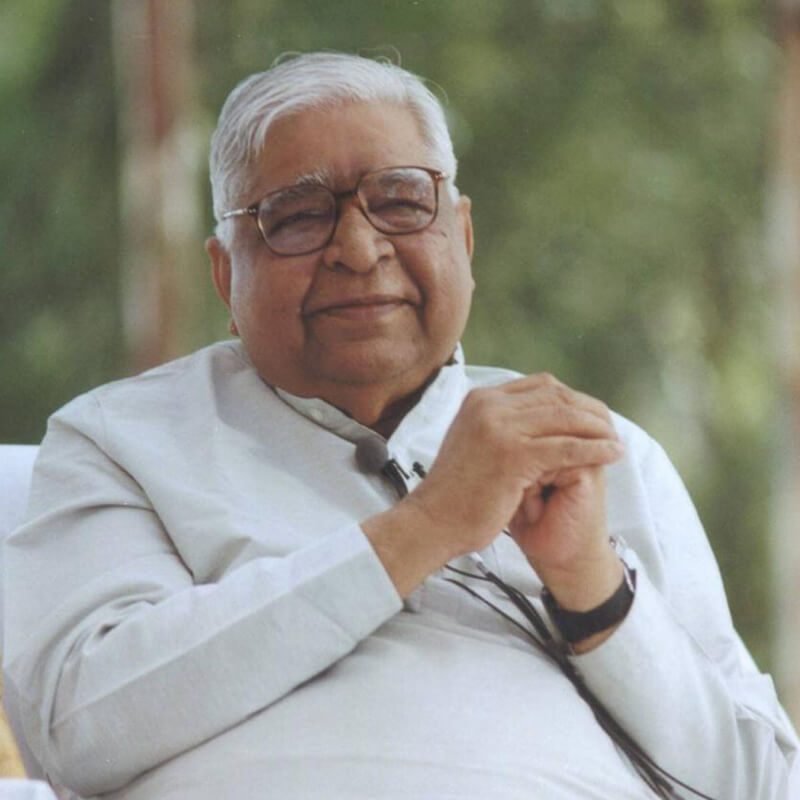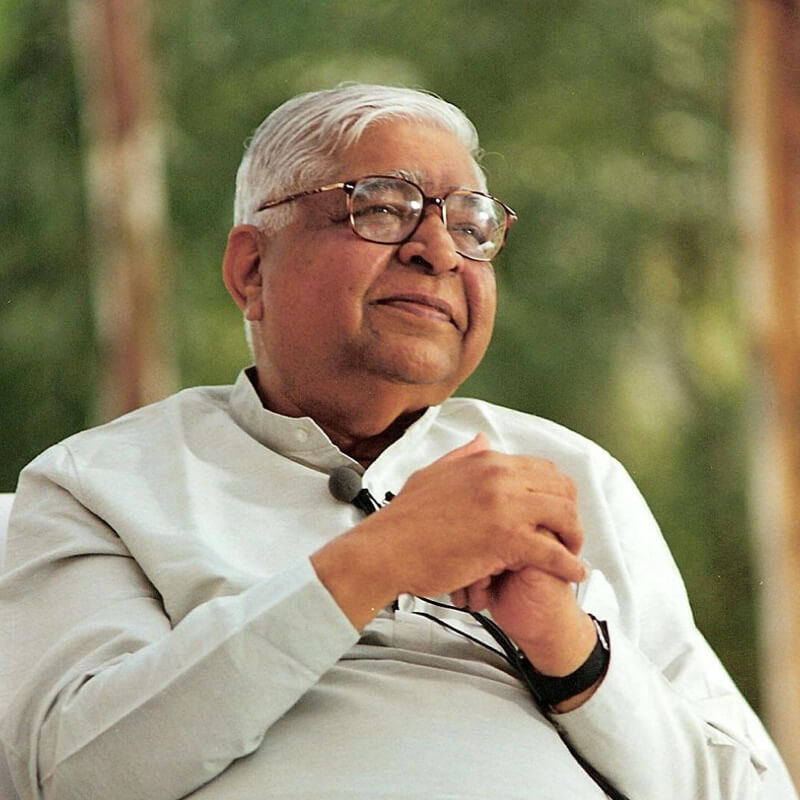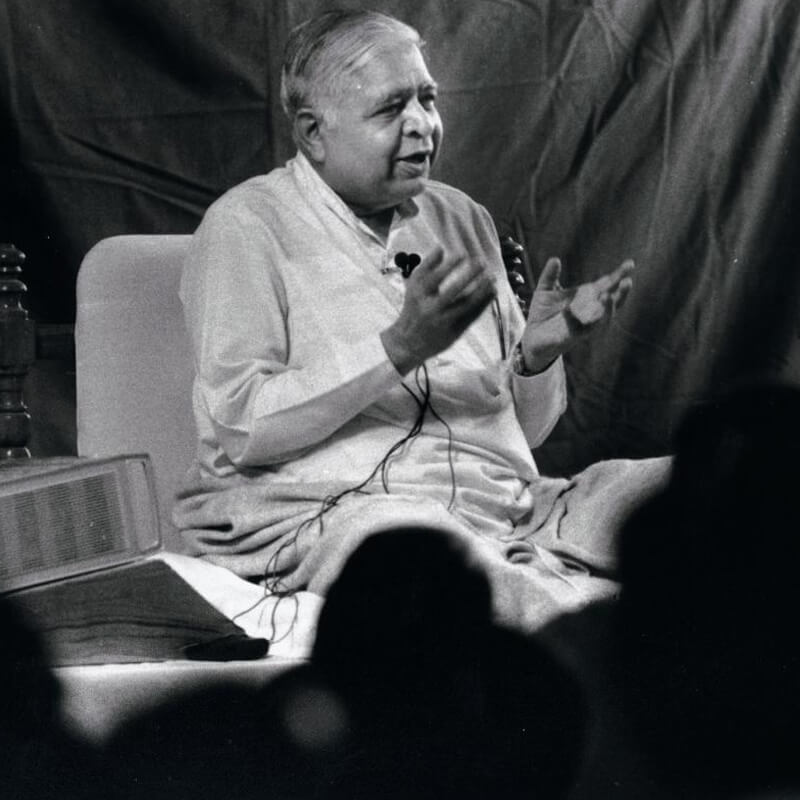If a thing arises due to a certain cause, it can certainly be eradicated by eradicating the cause. Suffering, we have seen, arises because of craving and aversion. If these are completely eliminated, then as a matter of course, suffering will also be eliminated.
It is easy to accept this truth at the theoretical level but so difficult to realize it at the experimental level. And unless one experiences in practice the eradication of the causes, the resultant end of suffering can never be attained. A really liberated person does not merely expound the theory of the eradication of suffering; he shows the way to achieve this end. Thus, the way to come out of the misery is essentially practical, not merely theoretical.
To eradicate the source of suffering – craving and aversion – one must know how and where they arise. Through personal experience, a liberated person discovers and then teaches that they always arise whenever there is a sensation. And a sensation arises whenever there is contact of a sense-object with a sense-door – of material vision with the eyes, of sound with the ears, of odour with the nose, of taste with the tongue, of touch with the body, of the though with the mind.
Craving and aversion must be eradicated at their source – that is, where the sensation arises. To do so, one must develop the ability to be aware of all the sensations within this body. For this purpose the mind should be trained to become sharp and sensitive enough to feel the sensations at all levels. Along with this distinct awareness, one must also develop the faculty of maintaining equanimity toward all the sensations – pleasant, unpleasant, and neutral, one will certainly not react; when sensation arises, one will not again generate craving or aversion.
How to develop these two faculties which liberate the mind? A way was found which could be understood and practiced.
To start with, one should at least abstain from vocal and physical actions which contribute to one’s mental agitation. One should refrain from speaking lies, harsh words, or slanderous talk, or idle gossip. One should refrain from killing, stealing, sexual misconduct, and intoxicants. One should avoid a means of livelihood which causes harm to others. With the base of morality (sila), one makes proper efforts and begins to develop awareness of sensations, at least in one small area of the body. To do so, one sits quietly with closed eyes, observing the flow of in-breath and out-breath at the entrance to the nostrils. Working for some time with this awareness of respiration, one develops the ability to keep the mind fixed on a single object of attention: the area below the nostrils, above the upper lip. With this heightened concentration (samādhi), one becomes capable of experiencing the natural, normal, physical sensations in this area.
The mind is now acute enough to begin experiencing sensations throughout the physical structure.
Systematically, diligently, and repeatedly, one moves the attention through the body, gradually strengthening awareness of sensations, increasing one’s ability not to react to them. With this training – the awareness of the present moment and equanimity – the pattern of though begins to change, from thoughts of craving, aversion, and ignorance to thoughts of Dhamma, or the way out of suffering.
But thinking, even of Dhamma, will not lead to liberation from suffering. For that, one must continue in developing awareness and equanimity. Without elation over pleasant sensations or depression in the fact of unpleasant ones, one understands not merely intellectually but experimentally that these sensations are nothing but manifestations of the contact of mind and matter – phenomena which are as impermanent and ephemeral as the sensations themselves. Something so ephemeral as these sensations cannot be a basis for real happiness; rather they will be a source of misery. One also starts realizing at the experimental level that the entire mental phenomenon, the physical phenomenon, and the combination of these two is certainly not “I,” not “mine,” not “my soul”. In this way, by experiencing reality as it is, in its nature, with its true characteristics, the meditator develops real wisdom (Paññā), and emerges from illusions and delusions.
Thus, by maintaining awareness and equanimity, one gradually weakens the old habits of craving and aversion. Even when reaction does occur, it is less intense, and passes more quickly. It no longer has such a powerful impact on the mind.
The more one remains fully aware and equanimous, not allowing new reactions of craving/aversion to occur, the more one gives an opportunity to one’s stock of old reactions, of suppressed mental defilements, to rise to the conscious level of the mind, one by one, to be eradicated. Layer after layer, these past conditionings come to the surface. By maintaining equanimity, one gets them eradicated, and thus finds relief from misery.
To whatever degree one gets defilements eradicated, to that degree he is free of suffering. Step by step, remaining aware and not reacting, one advances on the path, until sooner or later one reaches the stage when the entire accumulation of past reactions has been eradicated, and the habit of reacting itself has disappeared. Freed from all craving, aversion, ignorance – past, present and future – one experiences total freedom from suffering.
To reach this stage, one has to work and work strenuously. Simply reading articles, or engaging in discussions or debates, will not suffice. The only way to achieve liberation is by one’s own efforts – the effort to observe the reality of oneself, within the framework of one’s body, without reacting to it.
This is the way to achieve the end of suffering.
May all come out of their suffering and enjoy real happiness, real peace, real harmony!





